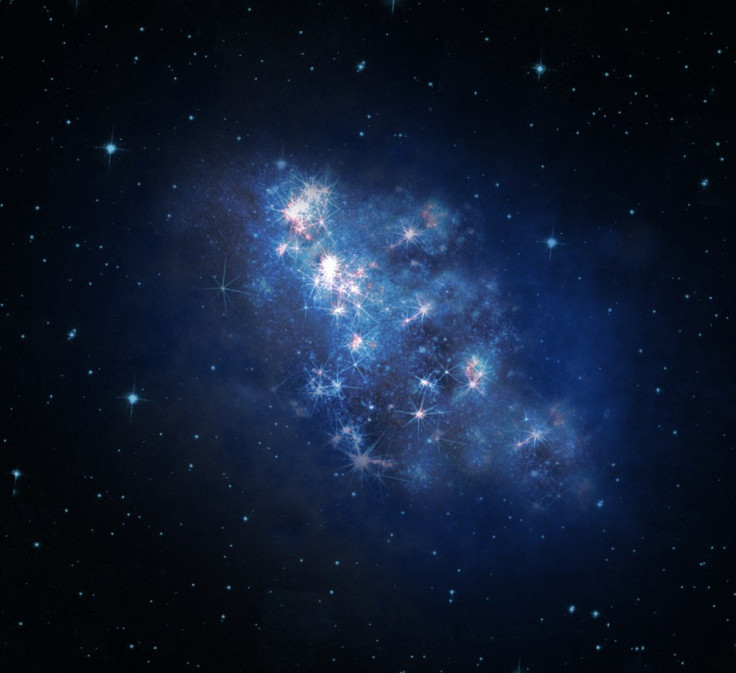Bicep2: Discovery of Primordial Gravitational Waves from Big Bang Questioned by Scientist

Research dubbed a "major breakthrough" in support of the Big Bang theory has been questioned by a scientist who claims the method used to detect primordial signals were not applied correctly.
In March, scientists from the Harvard-Smithsonian Centre for Astrophysics announced they had observed primordial gravitational waves using the Bicep2 telescope at the south pole.
The discovery of the echo from the moment after the Big Bang, once confirmed, would provide evidence for the theory that the universe ballooned from a microscopic size in a fraction of a second.
After its announcement, experts hailed the study, saying if proved correct would be a "Nobel Prize-worthy" discovery.
However, one scientist has questioned how reliable the findings are. According to Nature magazine, New York University's Raphael Flauger said that one of six methods used to distinguish the waves from the foreground was not applied correctly.
In his lecture at Princeton University, he said a map of galactic dust that was used in the Harvard-Smithsonian findings was a reconstruction and may have underestimated the contribution of galactic dust to radiation.
He said the map suggests radiation from two sources, galactic dust and cosmic infrared background, believed to originate from galaxies.

How much infrared radiation contributed to the map is not clear, however analysis of other maps shows a higher dust contribution compared to what the Bicep2 team found – a finding that would lower the signal strength attributed to the primordial gravitational waves.
"I hope there still is a signal," he said. "I'm not trying to pick a fight; this is how science works, that someone presents a result and someone else checks that. But it doesn't usually happen in public like this."
Also criticising the map used was Jan Tauber, from the European Space Agency, who said the information used to estimate cosmic dust was not reliable.
John Kovac, Bicep2 team leader, responded: "Our paper is quite upfront about the considerable uncertainties in polarized dust modelling.
"I felt that we would have been criticized if we didn't try to use all the available public information. We felt in some sense that we'd be damned if we did and damned if we didn't."
Particle physicist Adam Falkowski recently claimed that the Bicep2 team has admitted their analysis was wrong in private
Denying the accusation, Kovac said: "We have done no such thing ... it is a complicated issue."
© Copyright IBTimes 2025. All rights reserved.






















